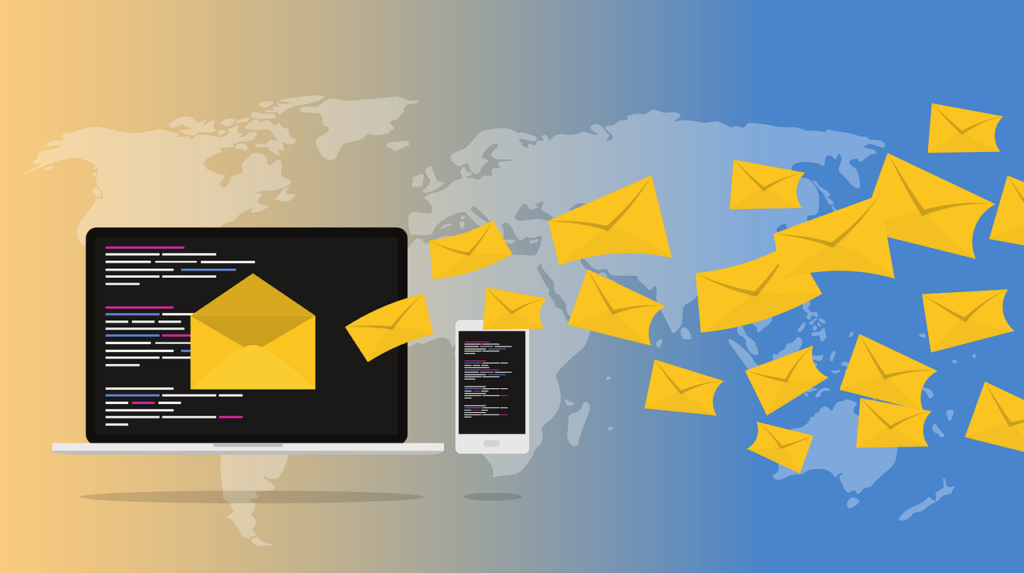Email marketing is a powerful tool for businesses to engage with customers, promote products or services, and build brand awareness. However, simply sending emails to your entire list is no longer effective. To truly make an impact with your email marketing campaigns, it’s essential to do audience segmentation in email marketing based on specific criteria. This allows you to tailor your messaging and content to each segment, leading to better engagement and higher conversion rates.
Benefits of Audience Segmentation in Email Marketing
- Improved Engagement
By segmenting your email list, you can ensure that each message you send is relevant and valuable to the recipient. This makes it more likely that they will open, read, and engage with your email, leading to increased engagement rates.
- Increased Conversion Rate
When you send targeted messages to specific segments of your audience, you are able to address their unique needs and pain points. This increases the likelihood that they will take the desired action, such as making a purchase or signing up for a service.
- Enhanced Customer Loyalty
By providing personalized and relevant content to your audience, you can strengthen their connection to your brand. This can lead to increased customer loyalty and advocacy, as they feel that your brand truly understands and cares about their needs.
- Reduced Unsubscribe Rate
When you send irrelevant or generic messages to your audience, they may become disinterested or even annoyed with your brand. This can lead to higher unsubscribe rates, ultimately hurting your overall email marketing strategy. By segmenting your audience and sending targeted messages, you can reduce unsubscribe rates and improve the overall effectiveness of your campaigns.
How to Implement Effective Audience Segmentation
- Define Your Segmentation Criteria
The first step in implementing audience segmentation is to define your criteria for segmenting your audience. This can include demographics, interests, purchase history, and engagement with your brand.
- Use Data to Build Segments
Once you have defined your segmentation criteria, you can use data to build your segments. This can be done by analyzing your email list and using tools such as customer relationship management (CRM) software to collect and organize data on your audience.
- Personalize Your Emails
After building your segments, it’s important to personalize your emails to each specific group. This can include using the recipient’s name, referencing their past purchases or engagement with your brand, and tailoring your messaging to their unique interests and needs.
- Test and Analyze Your Segments
To ensure the effectiveness of your audience segmentation strategy, it’s important to regularly test and analyze your segments. This can involve A/B testing different email content or messaging to see what resonates best with each segment, and using analytics tools to track open rates, click-through rates, and conversion rates for each segment.
Best Practices for Email Segmentation Strategy
Keep Your Segments Simple
While it may be tempting to create many segments, it’s important to keep your segmentation strategy simple and manageable. Too many segments can lead to confusion and a lack of focus, ultimately diluting the effectiveness of your email marketing campaigns.
Prioritize Segments Based on Their Value
Not all segments of your audience are created equal. It’s important to prioritize your segments based on their value to your business, such as high-value customers or prospects who are likely to convert. This allows you to allocate resources and prioritize messaging accordingly.
Regularly Review and Update Your Segments
As your audience and business evolve, it’s important to regularly review and update your segments to ensure they remain relevant and effective. This may involve adding new segmentation criteria or consolidating no longer useful segments.
Use Automation Tools for Efficient Segmentation
Consider using automation tools such as email marketing or CRM software to streamline your audience segmentation strategy and save time. These tools can automate the process of segmenting your audience and personalizing your emails, allowing you to focus on other aspects of your email marketing strategy.
Conclusion
In conclusion, audience segmentation is crucial to a successful email marketing strategy. By segmenting your audience based on specific criteria and personalizing your emails accordingly, you can improve engagement rates, increase conversion rates, enhance customer loyalty, and reduce unsubscribe rates. By following best practices such as keeping your segments simple, prioritizing high-value segments, and regularly reviewing and updating your segments, you can ensure the long-term effectiveness of your email marketing campaigns.


